Underfill Dispensers Size
Underfill Dispensers Market Growth Projections and Opportunities
The Underfill Dispensers Market is influenced by a multitude of market factors that play a crucial role in shaping its dynamics. One of the primary drivers is the growing demand for miniaturized electronic devices. As consumer preferences shift towards smaller and more compact gadgets, the need for underfill dispensers, which ensure efficient and reliable underfilling of tiny gaps in electronic components, has surged. This trend is particularly evident in industries such as consumer electronics, automotive, and healthcare, where the demand for smaller and lightweight devices has been consistently on the rise.
Moreover, technological advancements in the manufacturing processes have significantly impacted the underfill dispensers market. Continuous innovations and developments in dispensing technologies have led to the introduction of more precise and efficient underfill dispensers. Manufacturers are constantly striving to enhance the performance and capabilities of these dispensers, contributing to the overall growth of the market. This technological evolution has not only improved the efficiency of underfill dispensers but has also expanded their applicability across various industries.
The global economic landscape is another critical factor influencing the underfill dispensers market. Economic growth, industrialization, and increased investments in research and development activities positively contribute to the market's expansion. As economies develop, there is a parallel increase in the production of electronic devices, thereby boosting the demand for underfill dispensers. Conversely, economic downturns can have a dampening effect on the market, as reduced consumer spending and a slowdown in manufacturing activities can lead to a decrease in demand for underfill dispensers.
Regulatory frameworks and standards also play a pivotal role in shaping the underfill dispensers market. The electronics industry is subject to various regulations pertaining to product safety, environmental impact, and quality standards. Compliance with these regulations is crucial for manufacturers to ensure the acceptance and adoption of their products in the market. Additionally, the push towards sustainable and environmentally friendly manufacturing practices has led to the development of underfill dispensers that adhere to eco-friendly standards, further influencing the market dynamics.
Competitive dynamics within the underfill dispensers market are marked by intense rivalry among key players. The presence of numerous manufacturers, each vying for market share, has resulted in a competitive landscape where innovation, product differentiation, and strategic collaborations play a significant role. Companies are continuously investing in research and development to stay ahead of the curve, introducing new features and functionalities to gain a competitive edge.
Geographical factors also contribute to the market dynamics of underfill dispensers. The distribution of manufacturing facilities, technological capabilities, and the presence of key end-user industries vary across regions. As a result, the demand for underfill dispensers is unevenly distributed globally. Developing regions with a burgeoning electronics manufacturing sector often experience higher growth rates due to increased production activities.
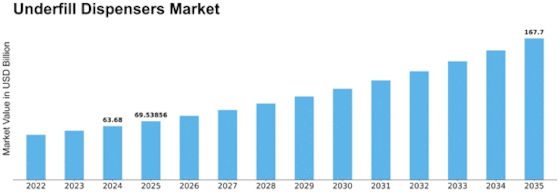
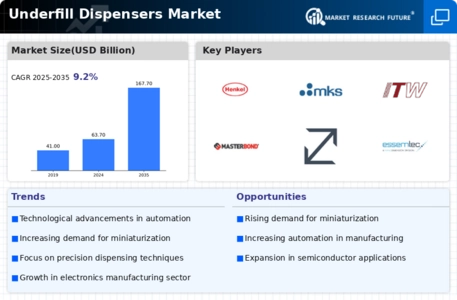
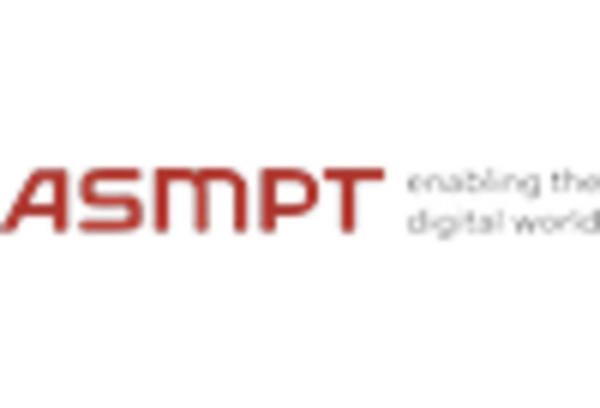

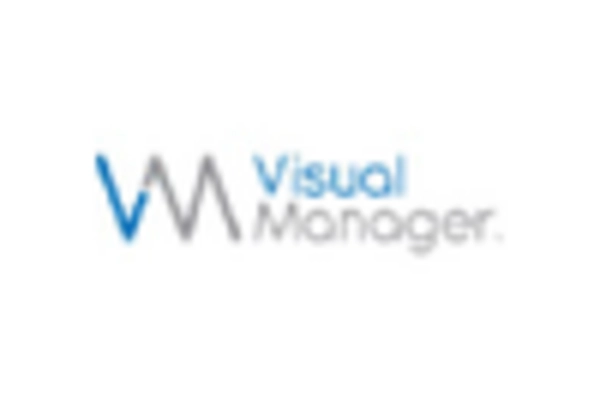
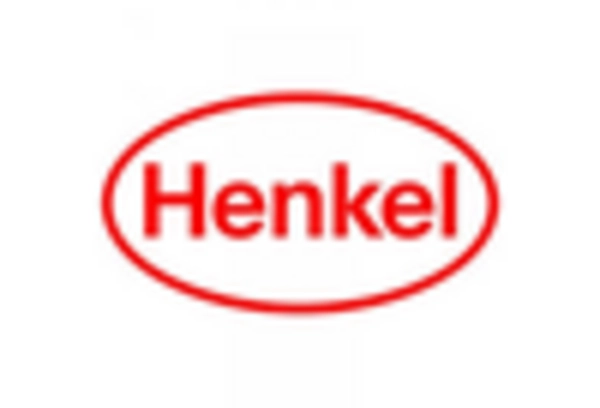
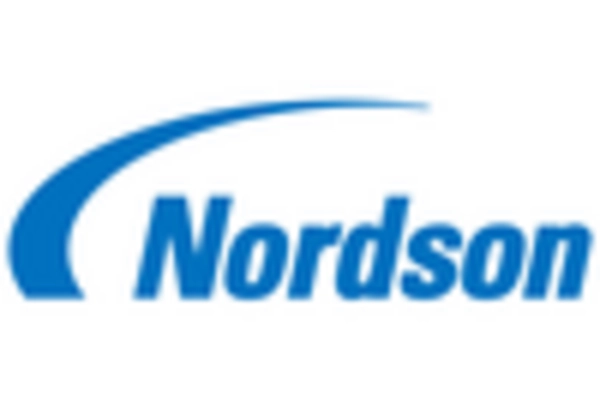










Leave a Comment